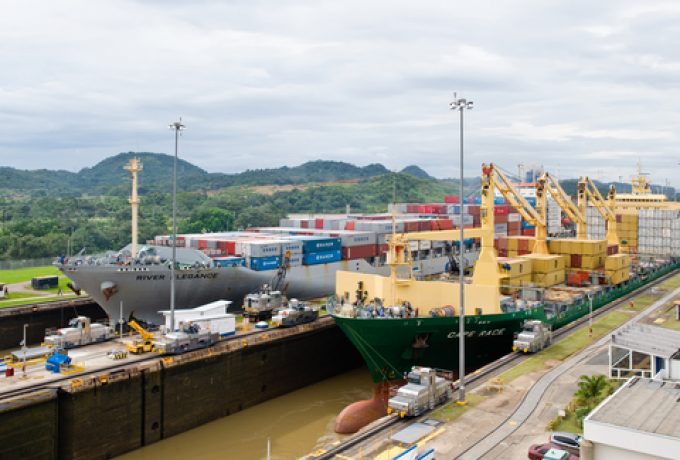Threat of rising oil price adds to frustration for crisis-hit supply chain chiefs
New warnings from the World Bank of surging oil prices, adding to the continuing instability ...

War-risk premiums may have increased by as much as 900% since the Houthi attacks on shipping in the Red Sea began.
This is one of several troubling predictions in a United Nations Conference on Trade and Development (UNCTAD) report released yesterday.
UNCTAD said that, according to some sources, from below a level of 0.1% of the value of a vessel, during the final weeks of last year, war-risk premiums had jumped to as much as 1% of vessel value by the start of this month.
Meanwhile, journeys through the Suez Canal this year have dropped 42%, year on year, and via Panama by 49%, noted UNCTAD, adding: “This volume corresponds to approximately 12% of [US] total trade volume in tons (21.3% of exports and 5.7% of imports).”
For Ecuador (25.6%), Chile (22%) and Peru (21.8%), the implications of canal disruption are considerably worse. The calculations encapsulate all of shipping, of which containerised cargo is a substantial portion.
“Rerouting from the Suez Canal around the Cape of Good Hope has affected containerships the most. By the second week of February, 586 container vessels had been rerouted,” said UNCTAD.
Suez Canal disruption has jeopardised 33.9% of trade in Sudan, 30.5% in Djibouti, 26.4% in Saudi Arabia and 19.4% in the Seychelles.
And, somewhat self-defeatingly, Yemen stands out as a prime example of a country whose economy stands to be negatively impacted by the disruption, with UNCTAD finding some 31.6% of its trade likely to be affected.
Disruptions create inflationary pressure, which drives up goods costs, especially food, as was dramatically illustrated during the post-pandemic freight rate explosion, with “about half of the increase in food prices observed in 2022… due to higher transport costs,” UNCTAD said.
Meanwhile, a combination of rerouting round the Cape and the faster speeds associated with it may be increasing ship fuel consumption – by as much as 70% for a Far East-North Europe voyage, added UNCTAD.
While The Loadstar has covered how changing routes would add to vessel fuel consumption, UNCTAD found that speed has picked up as well, spiking from vessel averages of 14.6 knots in October to close to 16.2 knots in mid-January. And it calculated that a speed increase of two knots could be responsible for a 31% increase in fuel consumed per mile.
The report said: “Developing countries are particularly vulnerable to disruptions in shipping networks and to shifts in trade patterns that drive up costs, alter their connectivity and access to the marketplace.
“Although, so far, the impact of these combined disruptions has not reached the level of the disruption caused by the pandemic or the consequent global logistics crunch of 2021–2022, UNCTAD is monitoring the evolving situation.”
Comment on this article